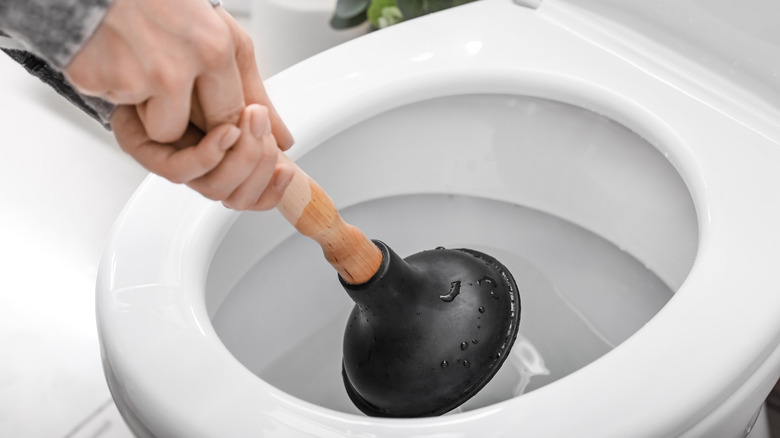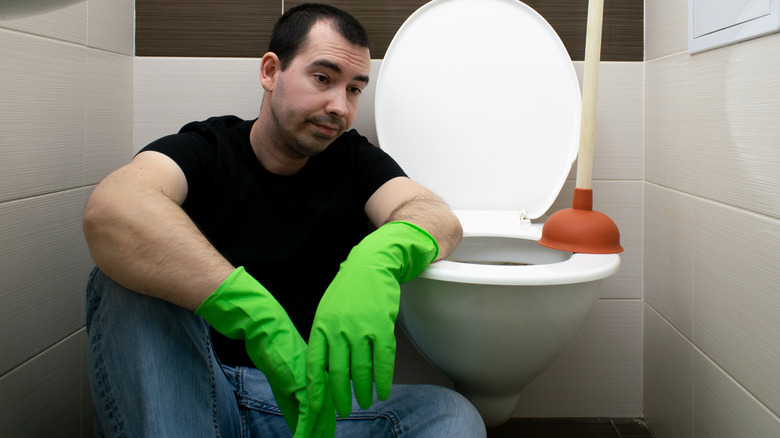How Often Do You Need A New Plunger?
Don't get stuck in an emergency situation with a seemingly impenetrable clog and a plunger that has decided to stop working mid-job. While the general rule of thumb is to replace your plunger on a yearly basis, it really ultimately depends on how often it's being utilized. If your plunger is being used routinely, then you should switch it out for a new one at least every six months. However, if you use your plunger once in a blue moon, then you can stick to a year or more.
If you take good care of your plunge-buddy, that can also give it more longevity. Frequent use can lead to wear and deterioration, and if it's not properly sanitized, this can also become a hazardous germ magnet. This is why it's important to regularly check and clean your toilet plunger, and if it looks like it's seen more than its fair share of plunging duties, it's probably time to get a new one.
To make sure your plunger is still in tip-top shape, inspect it after each use to make sure there's nothing left in the cup portion or on the handle. Also watch for signs of wear on the rubber bell and suction cup. If you notice anything out of the ordinary, it's time to replace your plunger before you need to use it again.
Signs your plunger is on its way out
To determine whether it's time to replace your toilet plunger, you'll want to check the rubber cup's elasticity. If it has noticeably reduced flexibility, then it might be time for a replacement. Be sure to inspect the material for visible cracks or tears that could also affect its effectiveness. If your plunger repeatedly fails to generate suction during use, then it's time to toss it and get an upgrade. Lastly, if you've encountered multiple recent clogs without success, then that's a strong indication that your plunger is on its last leg.
The lifespan of a plunger depends on several factors, including the frequency of use, quality of the material, and how it is maintained. Plungers that are made of cheap materials are more likely to wear out quickly, which means frustration for you and more unnecessary trips to the hardware store. Instead, opt for high-quality models made from durable materials like rubber or reinforced plastic. Additionally, regular maintenance is crucial. After each use, clean the plunger thoroughly with hot water and disinfectant to prevent the buildup of bacteria and other harmful substances.

